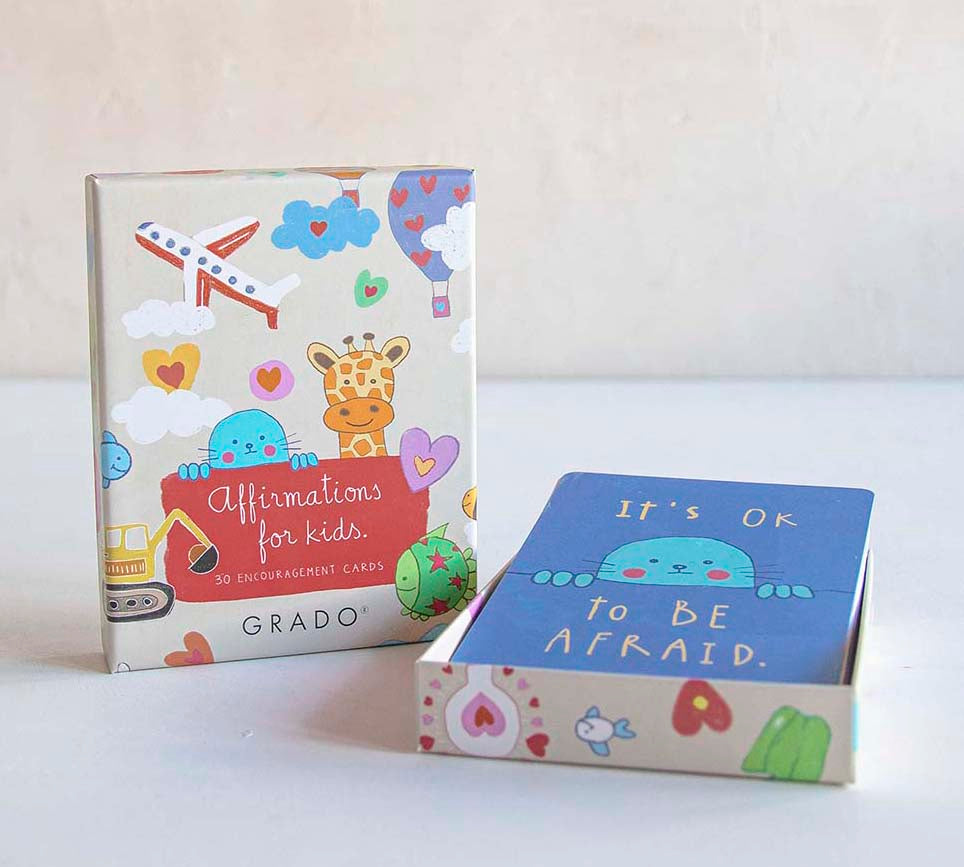Tips to help kids focus
With our own attention spans constantly hopping from one thing to the next, it’s no wonder that our children demonstrate a higher level of difficulty focusing these days. As parents, we want to do everything we can to help our children succeed, and the ability to focus is a crucial skill, especially as children being school.
So how do we help kids focus? Here are some tips to encourage sustained attention:
Limit auditory input
In order to help our kids focus, we need to be mindful of the amount of auditory input they are getting. If we are asking too much of our kids in a way that is not developmentally appropriate, we are not setting them up for success. This means turning off the TV if we are asking them to focus on another task, especially one that requires listening or following directions. As parents, we need to be mindful of this as well – if we are constantly on our phones or laptop when with our children, then we cannot expect them to do differently.

As adults, we have the ability to filter out auditory information that is not relevant to us and to focus on the main point. If you told me, “I can’t meet you for coffee today because my son is under the weather and I’ve got a big project for work due tomorrow,” I immediately understand that we aren’t meeting for coffee. Children are still learning to process the information they hear, and we need to be intentional with our words to help them do so. When it comes to giving directives, less is more.
Be sure that when you are making requests or asking your child to do potential undesired tasks you are also calling their name and getting their attention for positive, connection-based reasons, too. If my partner or boss only got my attention when they wanted me to do something or to criticize my behavior, I would eventually want to tune them out. The same is true for children. If you only call their name when you want them to do something, then they will begin to tune you out and are less likely to hear the rest of what you have to say. This is not only a good first step for helping children learn to listen and respond, but it’s also an important way to make sure that they know we care about them as people. When we get their attention with something positive or fun, we are showing them that they are more than just our helpers.
Incorporate movement
Play is the work of children. Just as we need to take regular stretching and movement breaks, our kids need regular opportunities to move their bodies to make sense of their world. This can look like heavy work (pushing a chair, lifting a box of toys), or more open-ended gross motor movement like running, dancing, or playing on a playground.
As adults, we can help our children get their bodies moving by providing opportunities for them to run around or play games that incorporate movement. We can also be sure to schedule regular time each day for kids to be physically active outside of school3 hours. For children with special needs, play is even more important. Children who struggle with language and social communication often use movement to communicate their desires and emotions. The right kinds of play can help them learn skills like sharing, taking turns, problem-solving, and working together cooperatively.
Remember that children are taking their cues from the adults around us–so model a healthy relationship with movement in your own life, too. Children need us to model the importance of sustained focus, and how to use movement as a means of self-expression. Children are watching us all day long, they learn by example and often will emulate what they see around them. We cannot expect of children what has not been first taught or modeled for them.
Mindfulness activities
It is never too early to start teaching mindfulness to children. When we do this, we are equipping them with invaluable tools they will continue to strengthen and use throughout their lifetime: emotional regulation skills, resilience, confidence, the ability to cope with and manage stress, and a growth mindset, to name a few.
At its core, mindset is all about paying attention to the present moment. That seems easy enough, right? But, how often do we model this for our children? We are always thinking or talking about the future and we rarely exist in a state of true mindfulness that allows us to be present in what we are seeing, hearing, feeling, or noticing. When we model this for our children, they will naturally begin to pay attention to the present moment.

Ask your child to close their eyes and focus on the breath. Ask them to notice how it feels as it comes in, filling their lungs and belly, then leaves again. If they find this difficult at first, ask them to focus on one aspect of the breath (such as speed or temperature) and try not to get distracted by other thoughts that come into their mind.
Remember: if we are emotionally dysregulated, we will not be able to help our children regulate, so it is crucial that we have our own mindfulness practice to understand our emotions and cope with the stressors and challenges in our own lives, especially if those skills were not modeled for us as children. Things like regular meditation or affirmation cards for kids can help us build a mindfulness practice we can share with our children.
Teaching mindfulness to children has been shown to develop skills in working memory, transitioning between tasks, and appropriate social skills, otherwise known as executive functioning skills. In short, teaching mindfulness is a no-brainer for building sustained focus!
Adopt a child-centered mindset
Because we see the world through adult eyes, we can expect our children to do the same without even realizing it. We naturally want our kids to operate on our schedule, to do what works for us or what is most convenient. Children are the best teachers and can remind us often to shift our expectations and to slow down.
Before we place any unreasonable expectations on our kids, we need to be certain that what we are asking or expecting is developmentally appropriate. A good rule of thumb for expectations of focus is 2-3 minutes for every year of age–so if your child is 2, you can expect them to focus on a task for about 4-6 minutes at a time, and so on.
We are so attuned to our children’s needs, that it can be challenging to let them engage in unstructured play, especially if we feel they are doing it “wrong,” we want to help them. If your child is focused on a task or at play, do not disturb them. They are learning to build focus and their brains are growing so rapidly. When we interrupt them, we limit their ability to sustain focus. Of course, we are there to keep them safe or to assist if they ask for help, but we can encourage focus by allowing independent play as much as possible.
Use a timer
Don’t underestimate the usefulness or the novelty of a timer! These visual timers are a great way to show kids how much time is left if they are too young for number concepts. You can set the time at the bottom and the green light will appear, then blink yellow when the time is halfway up. Once the timer goes off, the red light will blink and the timer will beep until you push the button at the top. This is a great way to help little ones sustain focus, and also build healthy expectations around time.
If I am working on something difficult and I have no idea how much time is left or when I will get a break, I will be much less likely to sustain focus. But, if I know that in 20 minutes I am going to have a snack or go for a short walk, I will be able to apply more cognitive energy to the task at hand.
Conclusion
The data is clear: kids are spending more time on digital media than ever before and as a result, they're struggling to focus. The tech industry is scrambling to come up with solutions but it might take an even bigger solution: us. We need to develop a new approach, one that puts our children’s well-being first and focuses on living in the moment, being present when our kids are talking to us. Is there anything more worthwhile?











